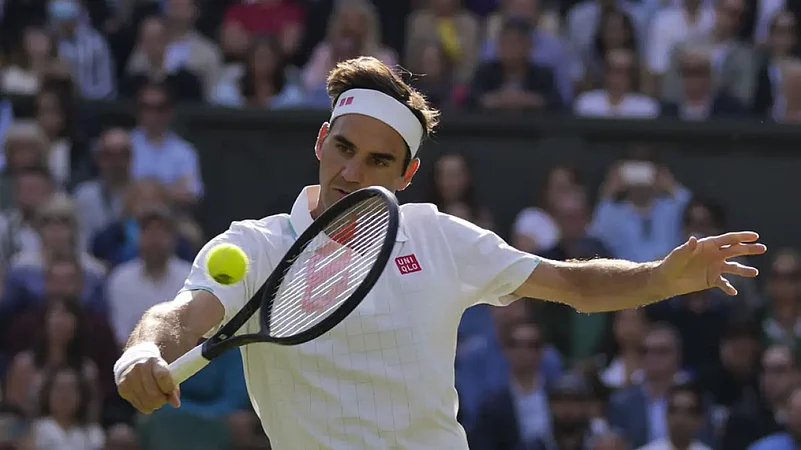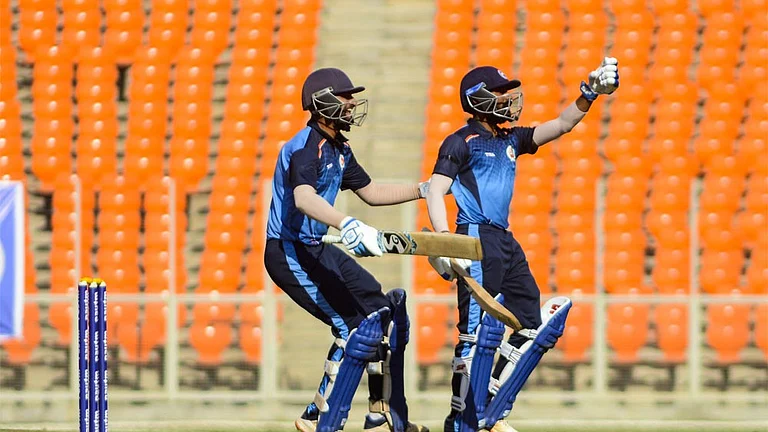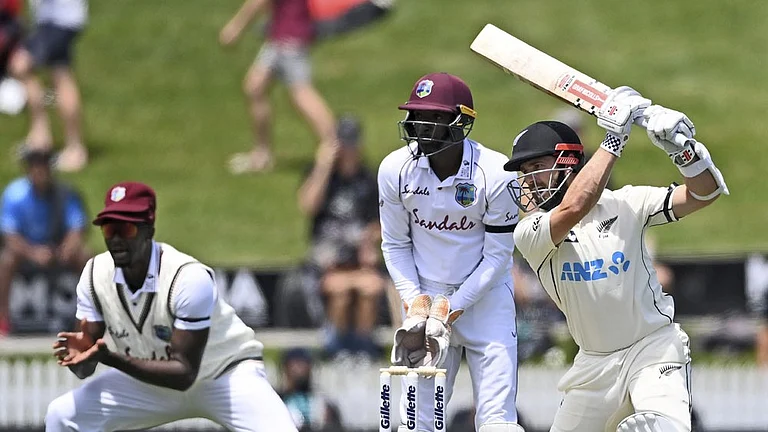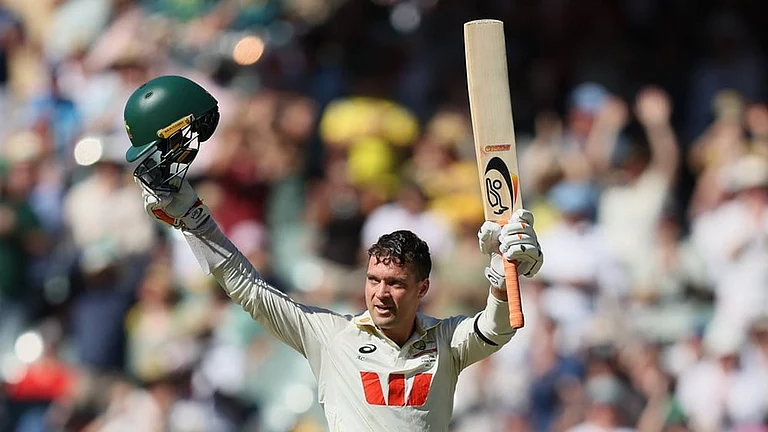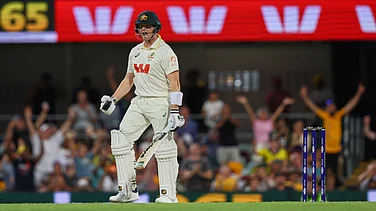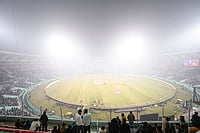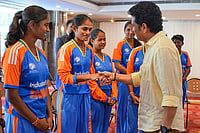An ex-colleague messaged on WhatsApp. For a while, the ping lay partially unseen. A bit of work was being done. Plans of a street food dinner were made with family. (More Tennis News)
Finally, the phone was checked.
“Federer announces retirement.” The message said.
The jaw and gut tensed. Pre-tears formed in the eyes. The appetite disappeared.
Even in an era of news saturation, at a stage in your own life when you are no longer star struck, the shock of some developments pierces through. It finds the beating knob in the ribcage which textbooks call heart. The retirement of Roger Federer, modern sport’s greatest stylist, and who held multiple records in tennis for over a decade, was that kind of news.
Federer did to tennis what Anna Wintour, an early convert to Federer’s magic and his social mentor, did to his wardrobe. He infused it with style, and when the game desperately needed it. In 2002, a year before Federer won his first Wimbledon, Lleyton Hewitt and David Nalbandian had contested a boring final at the All-England Club. Prior to that, the Pete Sampras and Goran Ivanisevic brand of serve-driven tennis had begun to put fans off the game.
Federer’s victory at Wimbledon, two years after his breakthrough win over Sampras in the fourth round on Centre Court - this writer was courtside on both occasions - changed things around.
For all his gifts, Federer took time to put it all together mentally. He turned pro in 1998, but did not win his first Grand Slam till 2003. But once he hit his stride, he was unstoppable. And he had that ability to make a punishing sport look easy. Where others contorted their bodies and faces, and understandably so, given the demands of the sport, Federer barely sweated. Even while smacking a ball at 100km-plus, his face rarely betrayed signs of effort. His footwork was beautiful and strong, a blend of Baryshnikov and Bolt.
Entranced by the Swiss Pied Piper’s music on court, spectators scurried back to the seats. Sponsors coveted him. Once a naïve newcomer who went into a Nike meeting without an agent and signed a modest million dollar deal, he quickly realized his folly, and his potential. Now, for 17 years running, Federer has been the highest earning tennis player, including in 2022, when he did not play a single match. Federer earned an estimated $90 million this year. The second highest earner was Naomi Osaka with $56.2 million.
Just when Federer’s dominance started to get predictable, Rafael Nadal snarled out of the cage. A top-spinning baseliner who never gave up, Nadal made for a fitting rival to Federer. Roger was Bond, Rafa was Rambo. Their immense, operatic confrontations captured the imagination of the world. With his ‘Vamos!’ fire and vicious forehand that jumped high into Federer’s backhand, Nadal won more of their matches. But Federer took seven of their last eight matches, including the Wimbledon 2019 semifinals. (One of his wins was a walkover).
In the last decade, Novak Djokovic too joined Federer and Nadal in stature. If Federer was the uber-stylist and Nadal the ultimate warrior, Djokovic was unflappable and precise. He too leads Federer in head to head matches. Nadal and Djokovic have more majors than Federer (22 and 21, compared to Federer’s 20), and it cannot be denied they are bigger players statistically.
But Federer goes beyond stats. Sports, or any career, is also about the intangibles. Of the Big Three, as they are called, only Federer played on the front foot, to use a cricket analogy. Only he was a truly attacking player. Nadal and Djokovic did add variety and offense to their game, but fundamentally they are defensive players. String technology and slower courts also helped Federer’s rivals more than him. It is one of the great ironies of tennis. Nearly twenty years ago, courts were slowed because people wanted rallies. Now there are so many rallies that people crave for pacier courts.
Federer critics point to his mental frailties compared to the steely Nadal and Djokovic. He lost more than 20 matches in his career from being matchpoint up, including thrice in majors against Djokovic. But then, only Federer among them hit a single-handed backhand, a daring choice.
Even now, Federer has more Wimbledon and US Open titles than Nadal and Djokovic. And his record of 237 weeks in a row as world No. 1 could stand for many more years. He has been voted the fans’ favourite 19 times, and has won the circuit’s sportsmanship award on 13 occasions.
A combination of unbeatable style and all-round statistics. Grace on court and off. Contributing to the game’s popularity and starting his foundation work in his early 20s, when most athletes cannot be bothered to look beyond their own career. That is the legacy of Roger Federer.
The decision to retire must have hurt him. But after a few days, Federer will feel relief, and get the rest he deserves.
As for us, we will never again see Federer flying around the court, stepping into the ball and dispatching winners with aristocratic nonchalance, roaring ‘chum jetze’ or ‘allez!’ after winning a key point. Life will go on, sure. Tennis will go on. But it will be poorerer.






